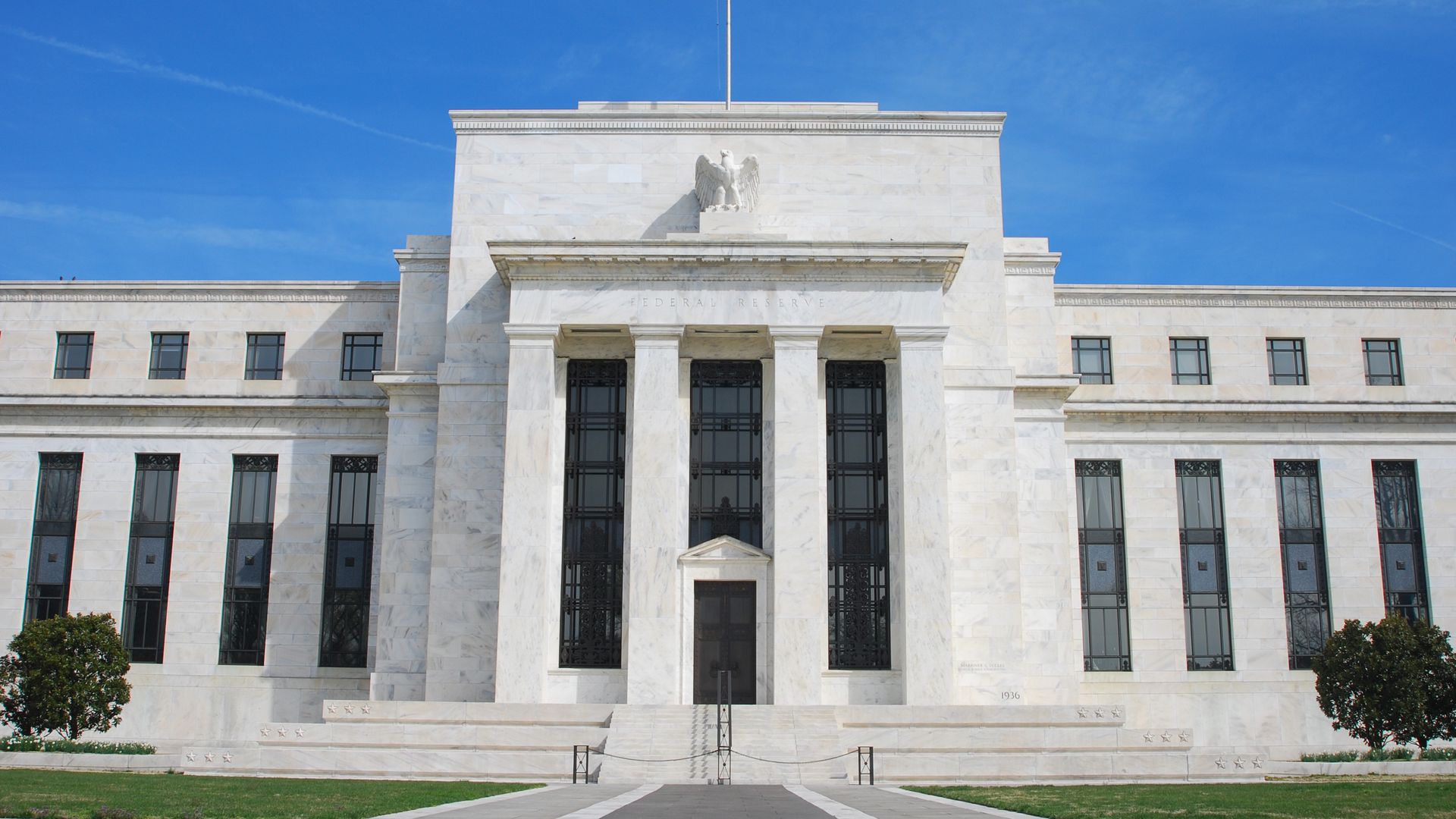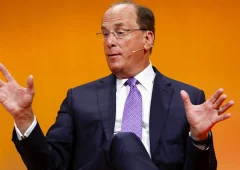All Eyes on Fed Decision as ECB and Canada Signal Further Easing
27.01.2025 16:00 1 min. read Alexander Zdravkov
The Federal Reserve is expected to hold interest rates steady at 4.25%-4.50% during this week’s FOMC meeting, despite President Trump’s push for cuts and lower oil prices.
Analysts point to slowing inflation and stable employment as reasons for the Fed’s cautious approach, with no immediate signs of further reductions. Markets are now watching Fed Chair Jerome Powell’s comments for hints on future policy shifts.
Meanwhile, the European Central Bank is likely to announce its fifth rate cut since last summer, reducing the key deposit rate to 2.75%.
ECB President Christine Lagarde remains optimistic about meeting inflation targets, dismissing criticism that the bank has been too slow in easing policy.
In Canada, the central bank is expected to lower rates by 0.25% following December’s larger cut of 0.5%.
With weaker economic data, the Bank of Canada has indicated it will take a measured approach to any future reductions, evaluating each move based on the latest developments. Central banks globally continue to juggle inflation concerns and economic stability as markets await their next steps.
-
1
Russia’s Oil Revenues Strained as Exports Decline Again
24.06.2025 18:00 2 min. read -
2
Recession Fears Linger as Economic Signal Flashes Long-Term Warning
25.06.2025 9:00 2 min. read -
3
Robert Kiyosaki Predicts When The Price of Silver Will Explode
28.06.2025 16:30 2 min. read -
4
Gold Beats U.S. Stock Market Over 25 Years, Even With Dividends Included
13.07.2025 15:00 1 min. read -
5
Trump Targets Powell as Fed Holds Rates: Who Could Replace Him?
27.06.2025 9:00 2 min. read
Gold Beats U.S. Stock Market Over 25 Years, Even With Dividends Included
In a surprising long-term performance shift, gold has officially outpaced the U.S. stock market over the past 25 years—dividends included.
U.S. Announces Sweeping New Tariffs on 30+ Countries
The United States has rolled out a broad set of new import tariffs this week, targeting over 30 countries and economic blocs in a sharp escalation of its trade protection measures, according to list from WatcherGuru.
Key U.S. Economic Events to Watch Next Week
After a week of record-setting gains in U.S. markets, investors are shifting focus to a quieter yet crucial stretch of macroeconomic developments.
Robert Kiyosaki Predicts When The Price of Silver Will Explode
Robert Kiyosaki, author of Rich Dad Poor Dad, has issued a bold prediction on silver, calling it the “best asymmetric buy” currently available.
-
1
Russia’s Oil Revenues Strained as Exports Decline Again
24.06.2025 18:00 2 min. read -
2
Recession Fears Linger as Economic Signal Flashes Long-Term Warning
25.06.2025 9:00 2 min. read -
3
Robert Kiyosaki Predicts When The Price of Silver Will Explode
28.06.2025 16:30 2 min. read -
4
Gold Beats U.S. Stock Market Over 25 Years, Even With Dividends Included
13.07.2025 15:00 1 min. read -
5
Trump Targets Powell as Fed Holds Rates: Who Could Replace Him?
27.06.2025 9:00 2 min. read


